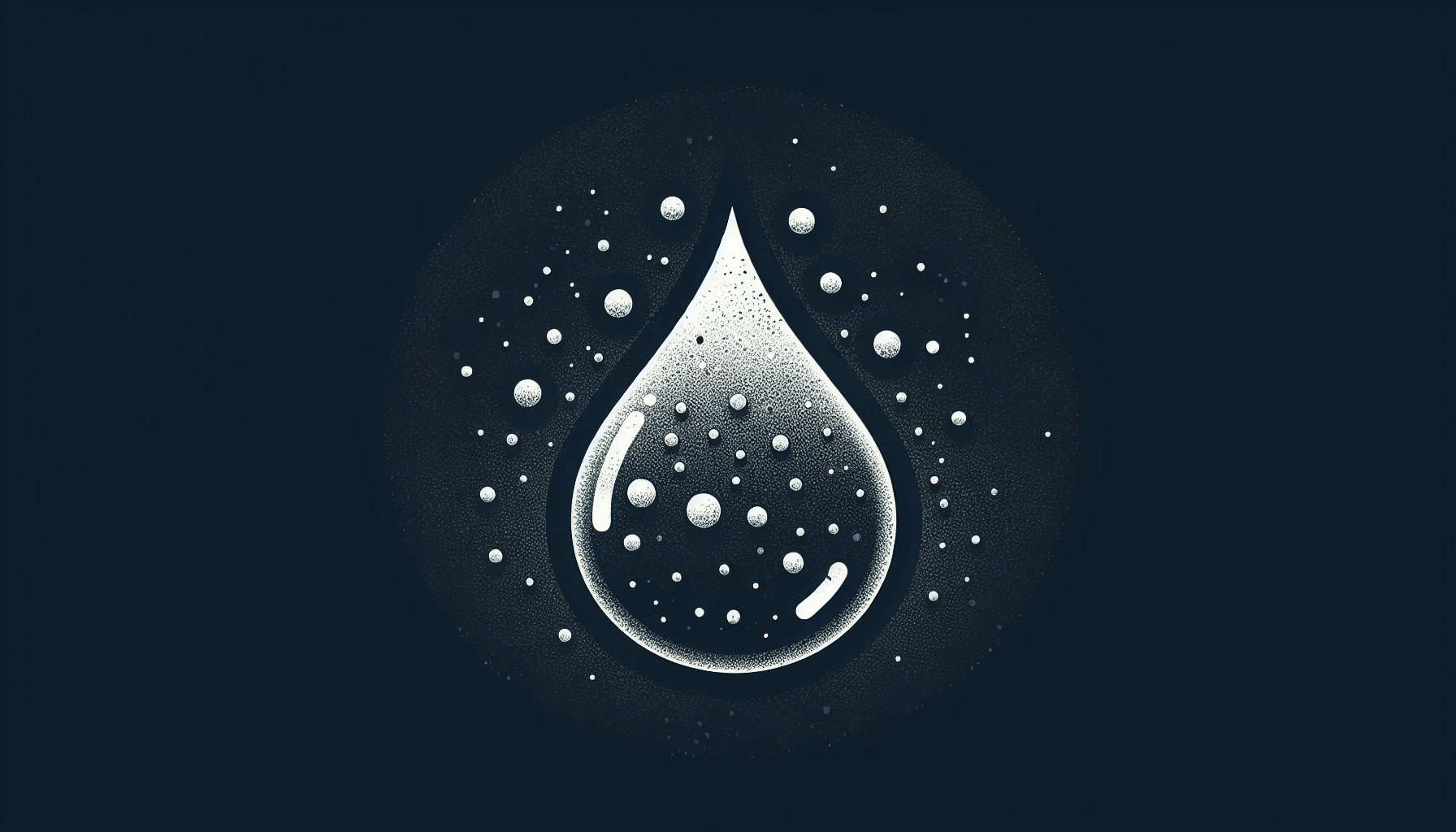Have you ever wondered how the safety of your local water supply might be compromised? Eau Claire, a small community in Wisconsin, is facing a significant crisis as PFAS contamination has led to the shutdown of half of its water wells. But what exactly are PFAS, and how did they get into the water supply? More importantly, what does this mean for the residents of Eau Claire and potentially other communities?
What are PFAS?
Per- and polyfluoroalkyl substances (PFAS) are a group of man-made chemicals that have been used in various industries worldwide since the 1940s. They are often found in products like non-stick cookware, water-repellent clothing, stain-resistant fabrics and carpets, firefighting foams, and many other consumer items. PFAS are commonly referred to as “forever chemicals” because they do not break down in the environment or the human body and can accumulate over time.
Why Are PFAS Dangerous?
The primary concern with PFAS is their potential impact on health. Studies have linked these chemicals to various health problems, including:
- Cancer
- Liver damage
- Decreased fertility
- Increased cholesterol levels
- Immune system effects
Given their persistence and potential harmful effects, it’s crucial to keep PFAS out of drinking water.
How Did PFAS Get Into Eau Claire’s Water?
The exact sources of PFAS contamination in Eau Claire are still being investigated; however, common culprits often include industrial sites, firefighting activities, and wastewater treatment plants. These chemicals can seep into the groundwater from multiple sources, making their way into community water wells used for public drinking water.
Water Wells in Eau Claire
Eau Claire relies on a combination of surface water and groundwater wells to supply drinking water to its residents. The city has multiple water wells, half of which have recently been found to be contaminated with PFAS. This has led to immediate actions to mitigate the potential health risks to the public.

Immediate Impact on Eau Claire Residents
Shutting down half of the water wells has significant implications for the community. Residents might experience disruptions in their water supply, increased stress, and concerns about their health. Here’s a detailed look at some immediate impacts:
Water Supply Disruptions
With half of the wells shut down, the remaining wells need to work overtime to meet the community’s water demands. In periods of high water use, such as during the summer, this can lead to water shortages or restrictions on water use.
Health Concerns
The most pressing issue is the health implications of consuming PFAS-contaminated water. Residents have rightly expressed concerns and fear about the potential long-term health effects of exposure to these “forever chemicals.”
Financial Strain
The cost of addressing PFAS contamination can be substantial. The city needs to invest in new filtration systems, continuous water testing, and potentially drilling new wells. This financial burden might be passed on to residents through higher water rates or local taxes.
How is Eau Claire Addressing the Issue?
Addressing PFAS contamination is not a simple or quick fix. Here are some critical steps Eau Claire is taking to ensure the safety of its water supply:
Comprehensive Testing
The city is engaging in rigorous testing of all water sources to identify the extent and concentration levels of PFAS contamination. Regular monitoring and data collection are imperative to create an effective action plan.
New Filtration Systems
Advanced filtration technologies, such as granular activated carbon (GAC) and ion exchange resins, are being considered and, in some cases, implemented to remove PFAS from the water supply. These systems, though expensive, are effective in reducing PFAS levels in drinking water.
Community Engagement and Transparency
Eau Claire is holding public meetings and providing regular updates to keep residents informed about the situation. Transparency helps build trust between the city’s administration and the community, ensuring residents understand the steps being taken to safeguard their health.
Collaboration with State and Federal Agencies
The city is working closely with state environmental agencies and federal organizations like the Environmental Protection Agency (EPA) to access resources, guidance, and funding to tackle the contamination issue.

The Broader Implications
The situation in Eau Claire is a stark reminder that water safety is a growing concern not just locally but globally. Several other communities across the United States and the world face similar challenges. Here’s a broader perspective:
National and Global Concerns
Incidents of PFAS contamination are not isolated events. Across the United States, numerous communities are grappling with PFAS in their water supplies, leading to broader discussions on environmental policies, industrial regulations, and public health safeguards.
Regulatory Changes
In response to the growing concern over PFAS, there has been a push for stricter regulatory measures. These include lower permissible limits for PFAS in drinking water and more stringent pollution controls for industries that use these chemicals.
Innovations in Water Treatment
The crisis has accelerated research and innovation in water treatment technologies. New methods are being developed to detect and eliminate PFAS more efficiently and cost-effectively, aiming to protect public health better.
Importance of Public Awareness
Public awareness and community involvement are crucial in addressing environmental health issues. Educating citizens about PFAS, how they can be exposed, and the importance of clean water advocacy empowers communities to demand better protections and solutions.
What Can You Do?
Even if you’re not directly affected by the PFAS contamination in Eau Claire, it’s essential to be proactive about water safety in your own community. Here are some steps you can take:
Educate Yourself and Others
Understand what PFAS are and how they can affect health. Spread awareness within your community so that more people are informed and prepared to take appropriate actions.
Support Environmental Policies
Advocate for stringent environmental regulations and support policies aimed at reducing PFAS pollution. This can include voting for legislation, participating in public comment periods, and supporting organizations that work on these issues.
Test Your Water
If you have a private well, consider testing your water for PFAS and other contaminants. Many agencies and independent laboratories offer testing services that can give you a clear picture of your water quality.
Use Proper Filtration
Install appropriate water filtration systems in your home if necessary. Technologies like reverse osmosis and activated carbon filters are effective in reducing PFAS levels in drinking water.
Stay Informed
Keep up with news and updates regarding water safety issues in your area. Staying informed ensures that you are prepared to act if a similar situation arises in your community.

Conclusion
The PFAS contamination crisis in Eau Claire highlights the critical importance of vigilant monitoring and proactive measures to ensure water safety. As these “forever chemicals” continue to pose significant health risks, communities worldwide must understand the severity of such contamination issues and work collectively toward effective solutions.
This situation serves as a wake-up call to prioritize environmental health and safety, ensuring that clean, safe drinking water remains accessible for everyone. By staying informed, supporting regulatory measures, and taking personal precautions, you can contribute to safer water for all.
Remember, water is a precious resource, and safeguarding its quality is paramount to public health and well-being. Take an active role in your community’s water safety efforts and work towards a future where no one has to worry about the safety of their drinking water.

